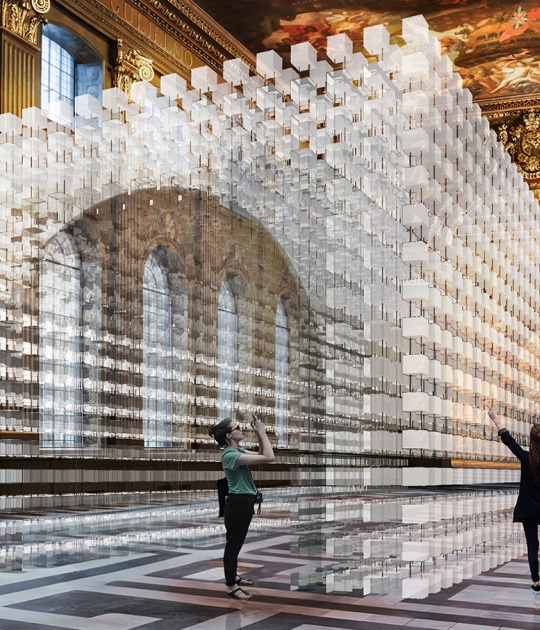That is how the authors, Cardboard Computer — two piece indie game developer from Chicago, described the game during their successful Kickstarter campaign a year ago. Kentucky Route Zero is still in development, however it has been splitted into 5 acts, and only act 1 is currently available to play. The rest 4 acts will be released gradually in 2013. You may purchase each act separately upon release, or the whole story from the official website for both Windows and OSx. Despite pretty short, 1-2 hours, playtime for the first act the game got warm reception from the community. For instance, IGF nominated KRZ in 4 sections: Excellence In Visual Art, Excellence In Audio, Excellence In Narrative and Seumas McNally Grand Prize.
The game behaves in 2D logic although it uses a 3D engine and models. Third dimension is introduced in a very subtle and clever way: occasional parallax, transitions from foreground to background or camera rotations. The same is true for sound effects, thoroughly designed and dosed ambient noises are complemented with bizarre encounters with old hymns and bluegrass songs. In terms of aesthetics, the game has changed quite a bit since the Kickstarter teaser. Fairly detailed and textured environments have been replaced with more angular and graphic look. Models are rough and colours are pale, scenes abound with shadows and silhouettes. All together, they constitute beautifully carved, soaked in melancholy world, aesthetic which makes the game feel very special.
Another aspect of Kentucky Route Zero is the narrative. Thus far in act 1, it’s beautifully written and well paced. There are plenty of side events scattered on the map, most of them are delivered with just dialogue window and accompanying music. Delicate sound clues, overall mood of the game and a sort of participation via dialog choices stimulate imagination to picture various places like a dinner, abandoned office or a church. This creates an exceptionally unique experience in a videogame, much closer to reading a book.
Cardboard Computer is Jake Elliott and Tamas Kemenczy. Jake is in charge of design, programming and writing, while Tomas does visuals and art. The game’s soundtrack features an original electronic score by Ben Babbitt along with a suit of long hymns and bluegrass standards recorded by the Bedquilt Ramblers.
























